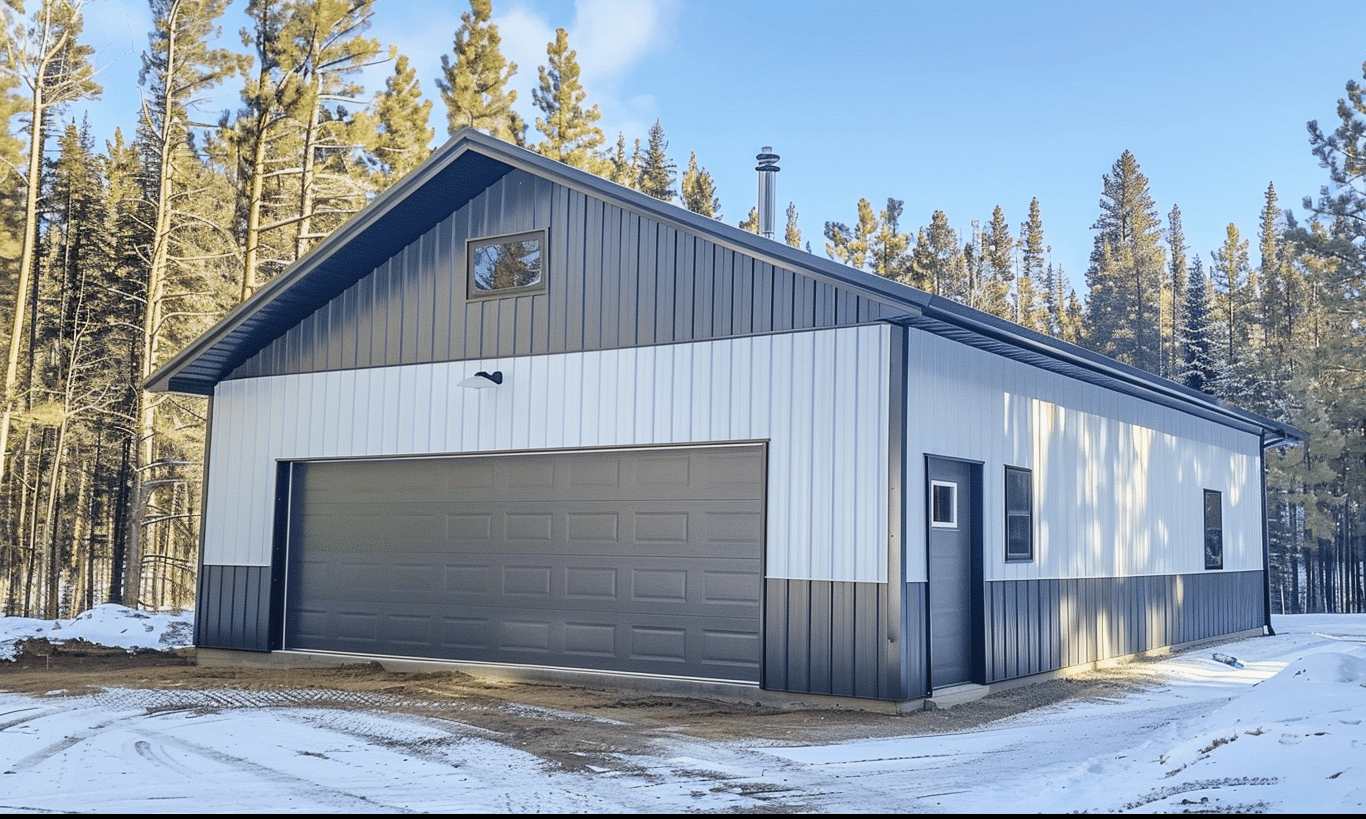Adding insulation to your garage kit might often feel like a mystery wrapped in an enigma. You wander into the garage, look up at the walls, and complete silence hits you. Maybe temperatures are soaring or sinking fast depending on the season, and you’re left wondering how to best shield your domain. Whether you’re storing vehicles, setting up a workshop, or simply craving to extend useful space, garage kit insulation can perform wonders like a secret superpower.
### Why Your Garage Needs Insulation
Have you noticed how your garage walls seem like they’re whispering but never making sense? They might be asking for insulation. When it comes to a garage kit, those sublime kits made of wood or steel, insulation can stabilize temperature changes, conserve energy, and even provide that pious layer of noise reduction. Moreover, with insulation, your garage becomes an adaptable space for different uses while adding value to your property.
### Different Insulation Materials for Garage Kits
Before you ease into adding insulation, it is pertinent to understand the types you have at your disposal. Let’s unravel some popular options and figure out what part of your kit they best suit:
#### Fiberglass Batt Insulation
Fiberglass batt is one of the most common forms used due to its affordability and easy installation. These fluffy, glass-reinforced boards can fill wall cavities adeptly, making it ideal for metal garage kits. If you’ve gone in for a wood vs. metal garage kit, note that fiberglass works well for both. It requires layers of protective clothing during insulation but promises laudable thermal resistance.
#### Spray Foam Insulation
Like a genie from a bottle, spray foam insulation works like magic filling cracks and crevices with intricate precision. It provides a high R-value per inch which is a measurement of thermal resistance. If you’re dealing with odd shapes or hard-to-reach spaces, spray foam becomes an indispensable tool, ensuring every hidden corner meets your insulation needs.
#### Rigid Foam Boards
Stepping away from tradition, rigid foam boards offer rigid barriers with moisture resistance properties that generally outperform traditional materials in some instances. Perfect for walls, garage doors, or ceilings, these typically herald the promise of efficiency and enhanced insulation.
### Steps to Insulate Your Garage Kit
Every story has a roadmap, and adding insulation to your garage kit is no different. Here’s a journey you could embark on:

#### Assessing Your Needs
Before diving headfirst, pause and assess what you’re working with. Measure the walls, evaluate the existing materials, and identify any potential challenges you may face. Consider if additional attributes, such as moisture barriers, may be necessary.
#### Choosing the Right Type
Next, select the right insulation material that’s compatible with your 12×20 or 12×20 garage package or 20×24 garage package. Every type offers unique advantages, yet it’s critical to provide materials best suited to climate conditions and your usage intentions.
#### Detailed Installation Process
Now, it’s time to proceed with the nuts and bolts of the operation. While the insulation process might differ slightly based on the material being used, broadly here’s what to keep in mind:
1. **Preparations:** Gather all essentials: protective gear, utility knife, measuring tape, stapler, and adhesive if using foam boards. Ensuring your workspace in the garage is clear and accessible can save heaps of time.
2. **Safe Installation:** Installation ought to be done carefully, especially when laying fiberglass. Don protective clothing, including goggles and gloves.
3. **Wall Preparations:** If you’re dealing with metal walls or panels when installing to a metal garage kit, pre-prepping them with adhesives enhances insulation efficiency.
4. **Installation Process:** Start from higher points, methodically filling gaps. Foam-based solutions work well for metal garages, enveloping every open pore and channel.
5. **Seal the Deals:** Once installed, check for any leaks or exposure, which could compromise insulation quality. Consider adding a moisture barrier to steel structures.
### Post-insulation Benefits and Maintenance
Imagine bridging the gap between your garage and living space. Whether it’s using a garage installation Ontario or adapting to your needs, insulated garages demonstrate improved energy efficiency, soundproofing, and temperature control. You’re not just a garage owner now; you’ve transformed the realm.
Maintaining insulation requires introspection every couple of seasons, ensuring no dampness or fungal growth becomes the uninvited guests in your space. Regular cleaning, inspection for leaks, and resecuring the structure promise longevity and performance—like a well-oiled machine.
### Conclusion
Now your garage sings! It’s no longer echoing your footsteps; it’s resonating with warmth, coziness, and a pervasive sense of utility. While garage kit insulation might have seemed bewildering initially, with a guided approach, you’ve adapted your space into an extension of your home. The benefits outshine the effort, offering energy efficiency and transforming utility spaces—the superpowers your garage always yearned for.
Embrace the transformation and dream of possibilities—whether pursuing a new hobby, enhancing storage, or simply designing an aesthetically appealing exterior akin to HGTV Canada (Exterior Design)—your garage has unlocked its full potential.










